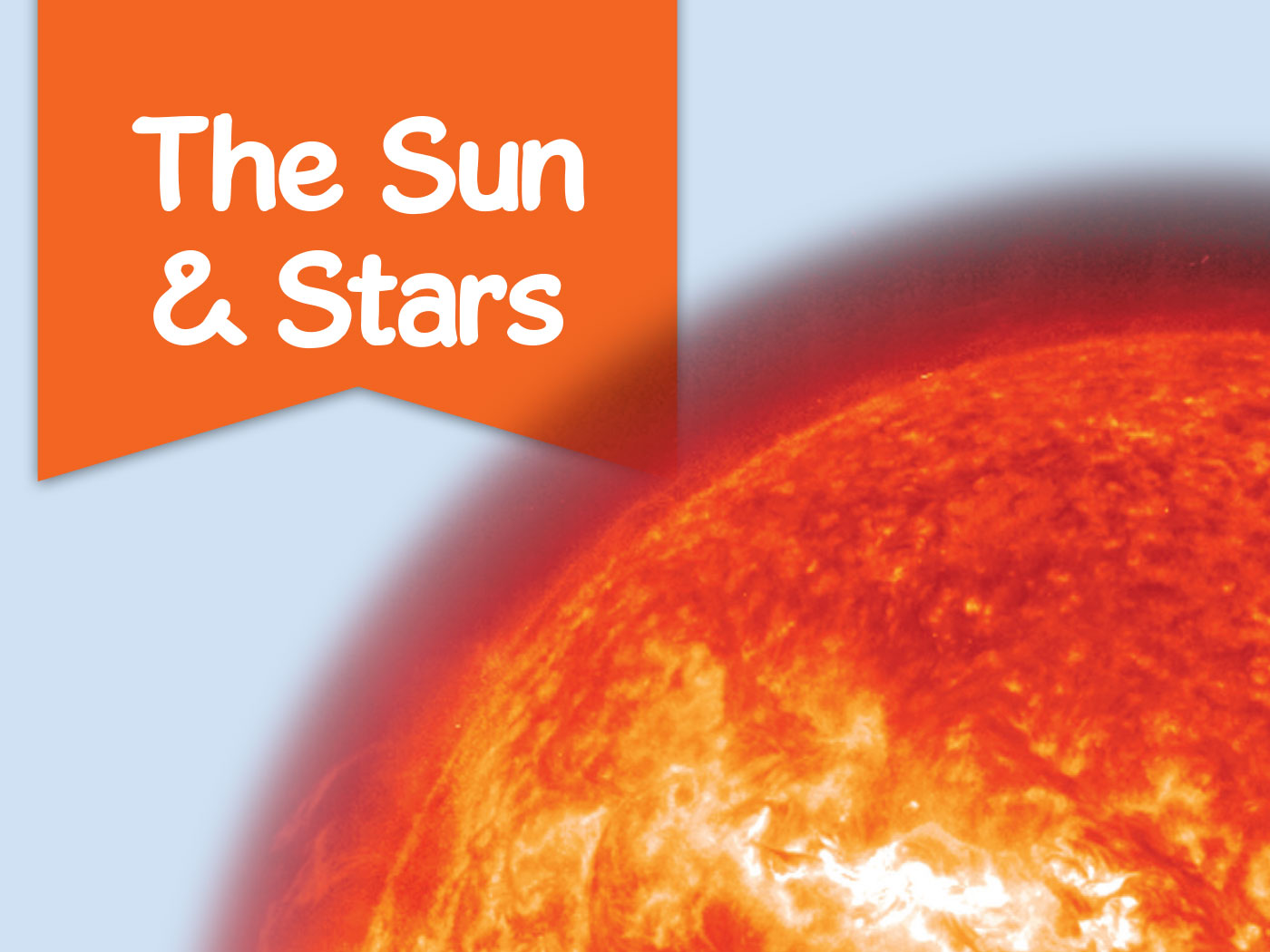The first sentence in a recent evolutionary news story set the stage for the rest of the article: “Flowers like hibiscus use an invisible blueprint established very early in petal formation that dictates the size of their bullseyes—a crucial pre-pattern that can significantly impact their ability to attract pollinating bees [emphasis added].”1 Such a statement could easily have come from a creation science publication. After all, blueprints come from the minds of architects or engineers and are not cobbled together by mindless processes.
Most of us read or were taught in school about flower nectar guides (“invisible blueprint”). These can only be seen under ultraviolet light, which bees just happen to have the incredible ability to see.
Patterns on the flowers of plants guide insects, like bees, to the center of the flower, where nectar and pollen await, enhancing the plant's chances of successful pollination. Despite their importance, surprisingly little is known about how these petal patterns form and how they have evolved into the vast diversity we see today, including spots, stripes, veins, and bullseyes.1
The flower of Hibiscus trionum was used to investigate pattern formation on the petal epidermis. A Science Advances article stated, “The proximal epidermal cells, producing dark anthocyanin pigments, are flat, elongated, and covered with a striated cuticle, creating an iridescent blue UV signal visible to pollinators.”2
Intrigued, the scientists set up an experiment using mock flower discs.
Researchers compared the relative success of the bullseye patterns in attracting pollinators using artificial flower discs that mimicked the three different bullseye dimensions. The bees not only preferred the medium and larger bullseyes over the small bullseye, they were also 25% quicker visiting these larger flower discs.1
To suggest that flower petals somehow randomly evolved to guide pollinating insects to the center of the flower is an idea, a theory, and a poor one at that. Bee and flower would have to have gradually and slowly evolved over vast time periods to achieve such amazing, detailed mutualism. But there is no way to document this. In fact, “the evolutionary processes that gave rise to these associations remain poorly understood.”3 Bees have always been bees, “Bees likely originated in the Early Cretaceous, shortly before the breakup of Western Gondwana [emphasis added],”4 and angiosperms (flowers) have always been flowers, “Flowering plants likely originated between 149 and 256 million years ago according to new UCL-led research [emphasis added].”5
The Science Advances article stated,
Using a computational model, we explore how pattern proportions are maintained while petals experience a 100-fold size increase. Exploiting transgenic lines and natural variants, we show that plants can regulate boundary position during the prepatterning phase or modulate growth on either side of this boundary later in development to vary bullseye proportions. Such modifications are functionally relevant, as buff-tailed bumblebees can reliably identify food sources based on bullseye size and prefer certain pattern proportions.2
The biologists must have gone to extremes to avoid the creation/design elephant in the lab!
When evolution is mentioned, it’s with caution and hesitation—“The researchers think that these pre-patterning strategies could have deep evolutionary roots [emphasis added].”1 Creationists state the flowers were created thousands of years ago with this amazing ability of maintaining pattern proportions in petals.
References
- University of Cambridge. Flowers Use Adjustable “Paint by Numbers” Petal Designs to Attract Pollinators, Researchers Discover. Phys.org. Posted on phys.org September 13, 2024.
- Riglet, L. et al. 2024. Hibiscus Bullseyes Reveal Mechanisms Controlling Petal Pattern Proportions That Influence Plant-Pollinator Interactions. Science Advances. 10 (37).
- Ramirez, S. et al. Asynchronous Diversification in a Specialized Plant-Pollinator Mutualism. Science. 333 (6050): 1742–1746.
- Almeida, E. et al. 2023. The Evolutionary History of Bees in Time and Space. Current Biology. 33 (16): 3409–3422.
- University College of London. When Did Flowers Originate? Phys.org. Posted on phys.org February 5, 2018.
Stage image: Hibiscus trionum
Stage image credit: Copyright © S Molteno. Used in accordance with federal copyright (fair use doctrine) law. Usage by ICR does not imply endorsement of copyright holder.
* Dr. Sherwin is a science news writer at the Institute for Creation Research. He earned an M.A. in invertebrate zoology from the University of Northern Colorado and received an honorary doctorate of science from Pensacola Christian College.













